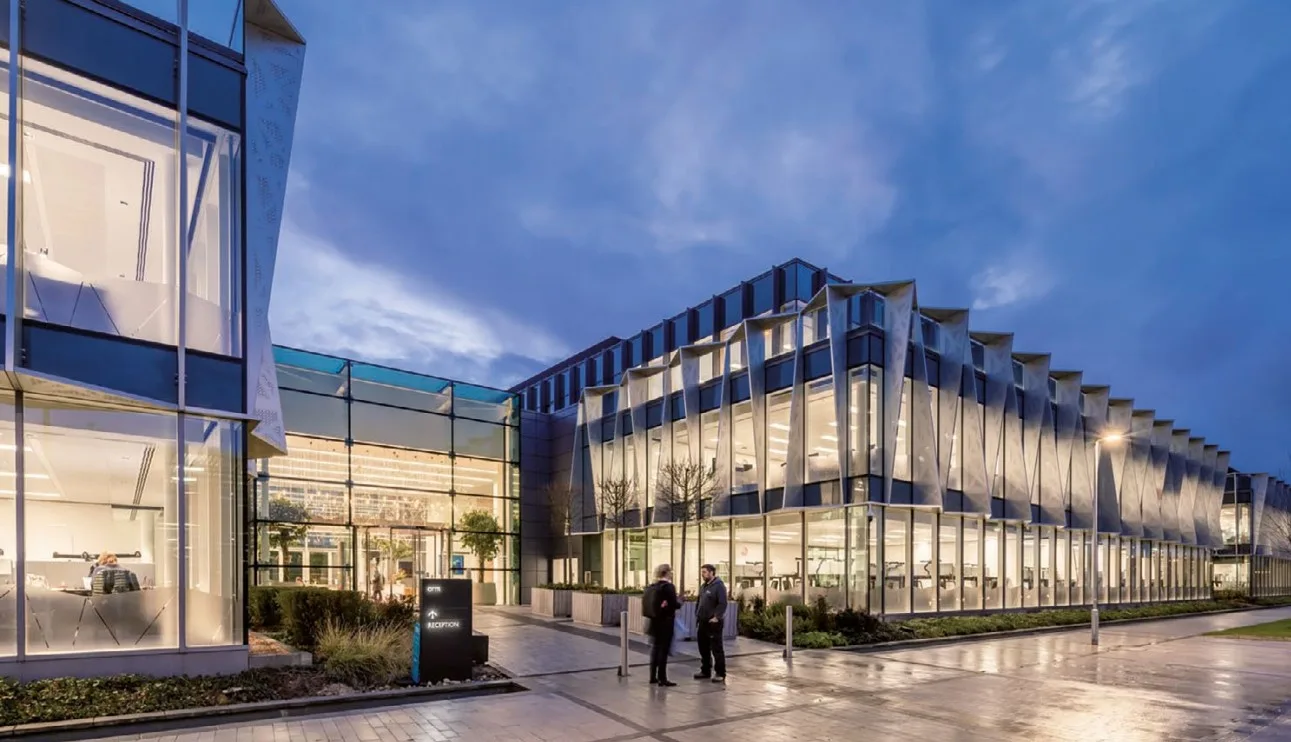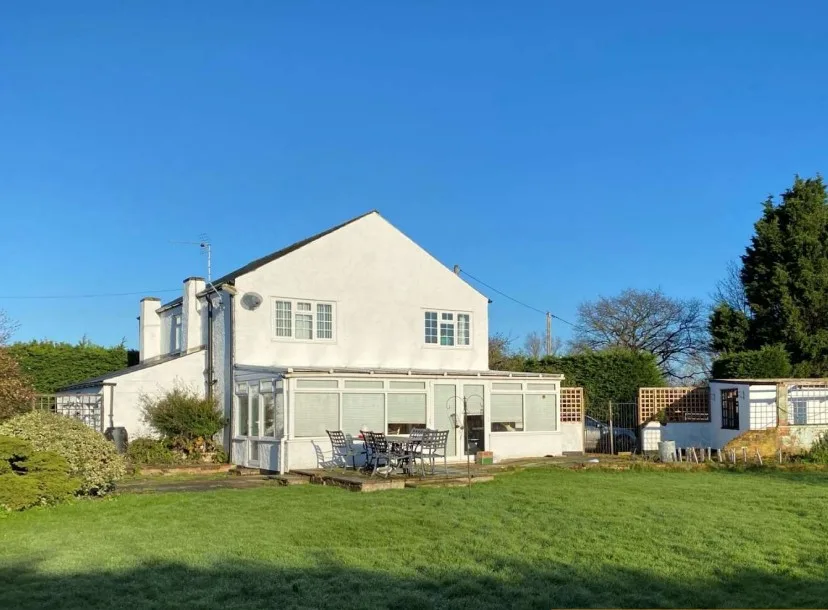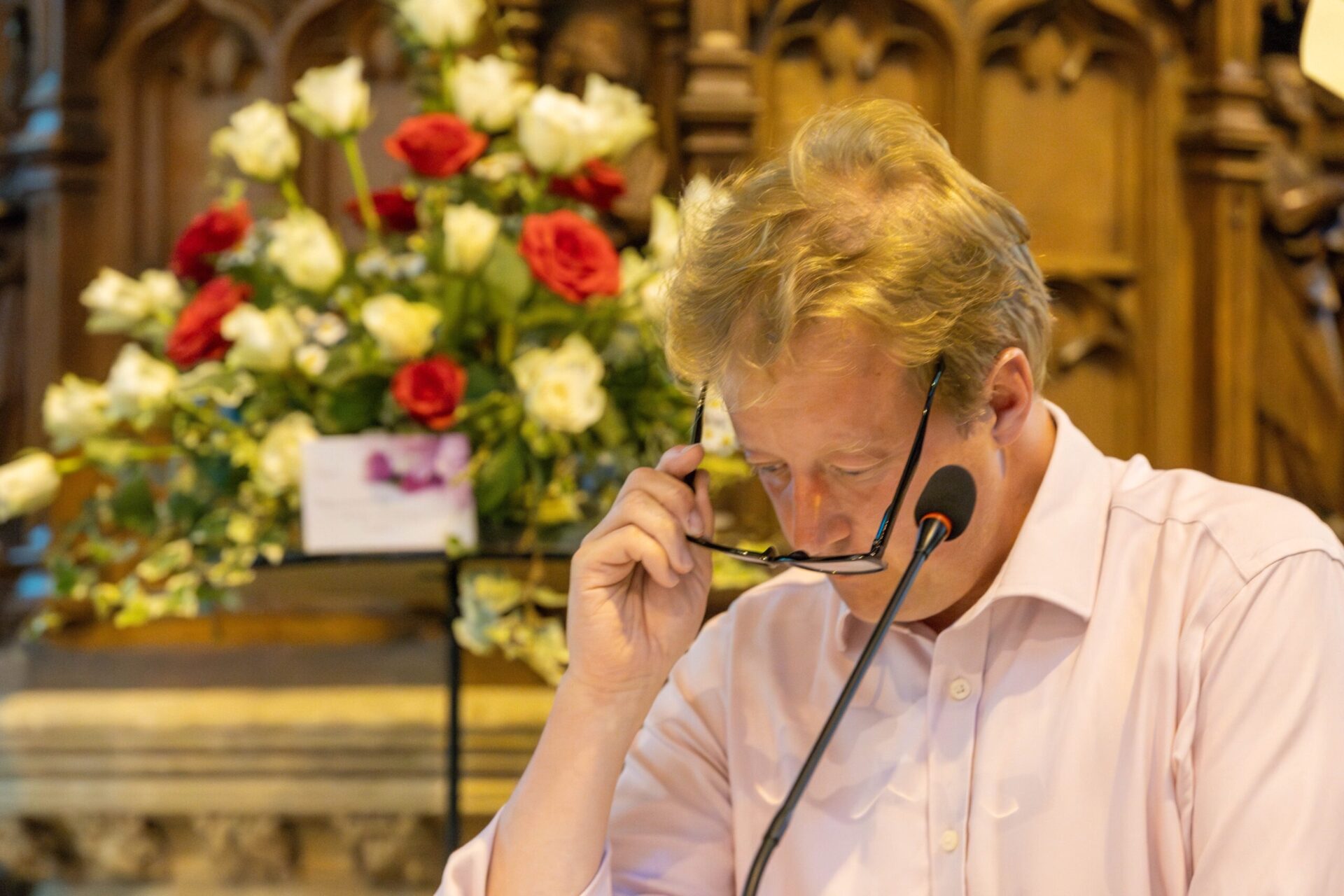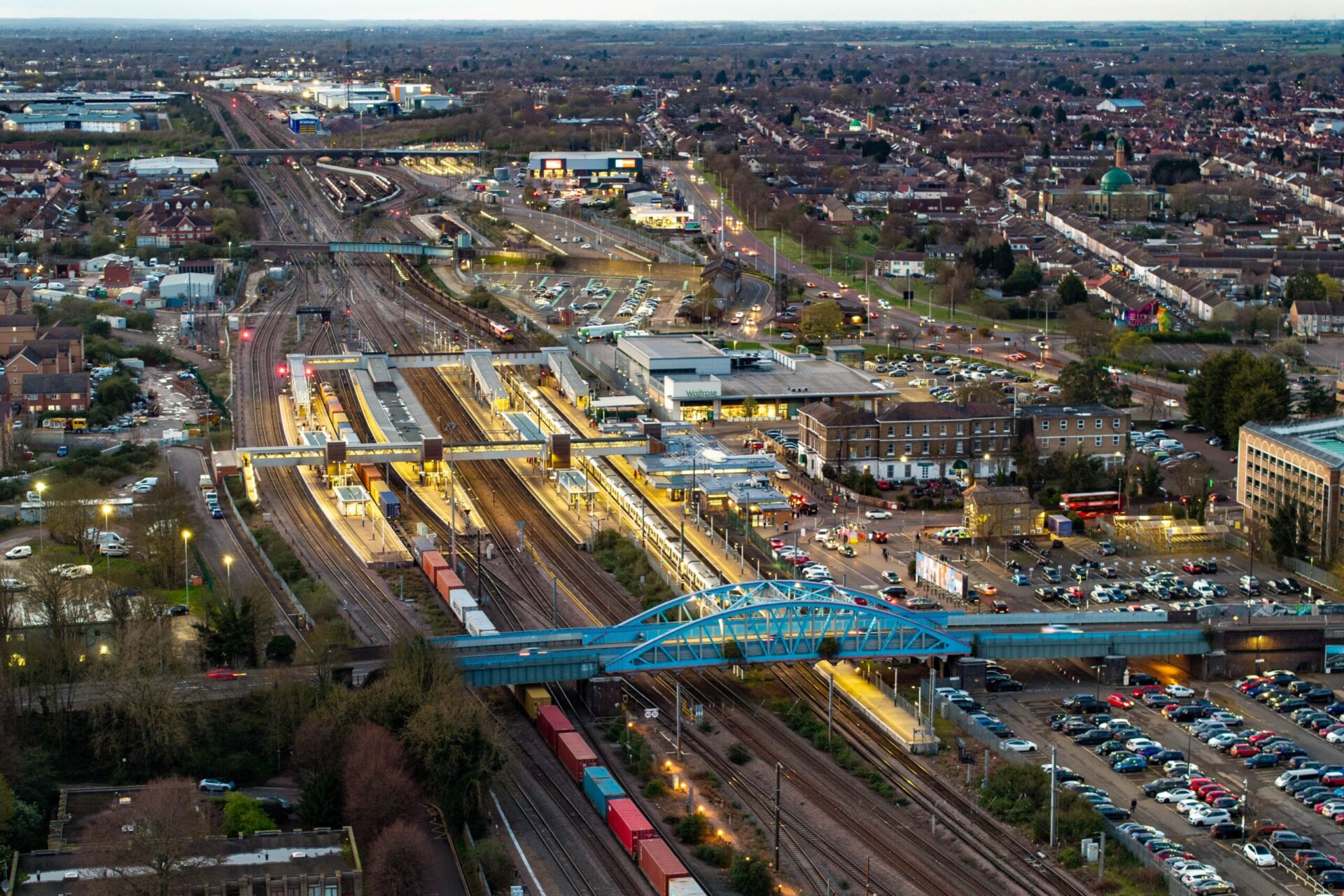A Government planning inspector has confirmed a 17-acre technology park in Fulbourn Road, Cambridge, that could create 2,700 jobs.
The company behind the proposed Cambridge International Technology Park (CITP) is Abstract (Cambridge) Limited
South Cambridgeshire Council initially refused permission on two counts.
Firstly, the council claimed the park would “result in unacceptable traffic impacts which will exacerbate existing congestion in the local and wider areas”.
It said the proposals included “inadequate mitigation measures” to reduce travel to the site by car and was not, therefore, sustainable development.
The council also felt that the park “due to its scale and massing, would result in unacceptable impacts on the surrounding Green Belt and landscape”.
But Government planning inspector Michael Boniface, who heard an appeal, reported that both the council and the developer had since agreed on the merits of the application.
He ruled that “planning permission is granted”.
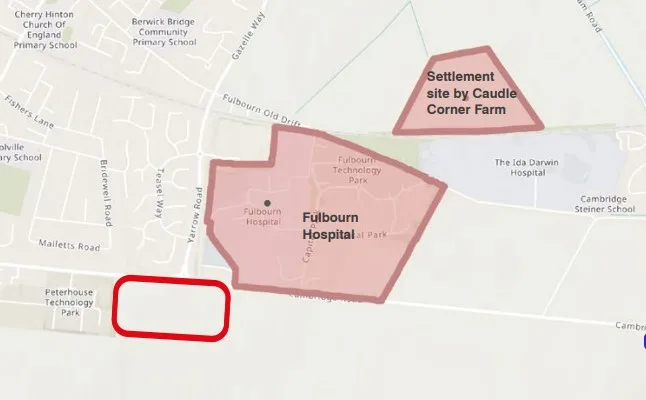
It will involve 56,473sqm of commercial floorspace for offices, research, development, light industrial, storage and distribution.
The site will also house a multi-decked car and cycle park with landscaping and infrastructure works.
“The application was submitted on a hybrid basis, in part seeking outline planning permission and, in part, full planning permission,” says Mr Boniface.
“For the outline element, matters of appearance, landscaping, layout, and scale remain reserved for subsequent consideration but some details of access have been provided for consideration.
“I have considered the appeal on this basis.”
He accepted that the council refused planning permission for two reasons, relating to highways and transportation; and impacts on the surrounding Green Belt and landscape.
“However, it subsequently confirmed that it would not defend the appeal, that no evidence would be offered and that the council now believed that planning permission should be granted,” he said.
He said: “The main issue is whether the site is a suitable location for the proposed development, having regard to planning policy and other material considerations.”
Mr Boniface said the council’s Local Plan sets out the vision for the growth of the district, which includes supporting its position as a world leader in research and technology.
“The appeal site has been removed from the Green Belt with development in mind and specifically allocates it for employment uses,” he said.
“In order to ensure a suitable form of development, the policy specifies that proposals will need to demonstrate how the site can be designed and landscaped to effectively mitigate impact on the wider Cambridge Green Belt.
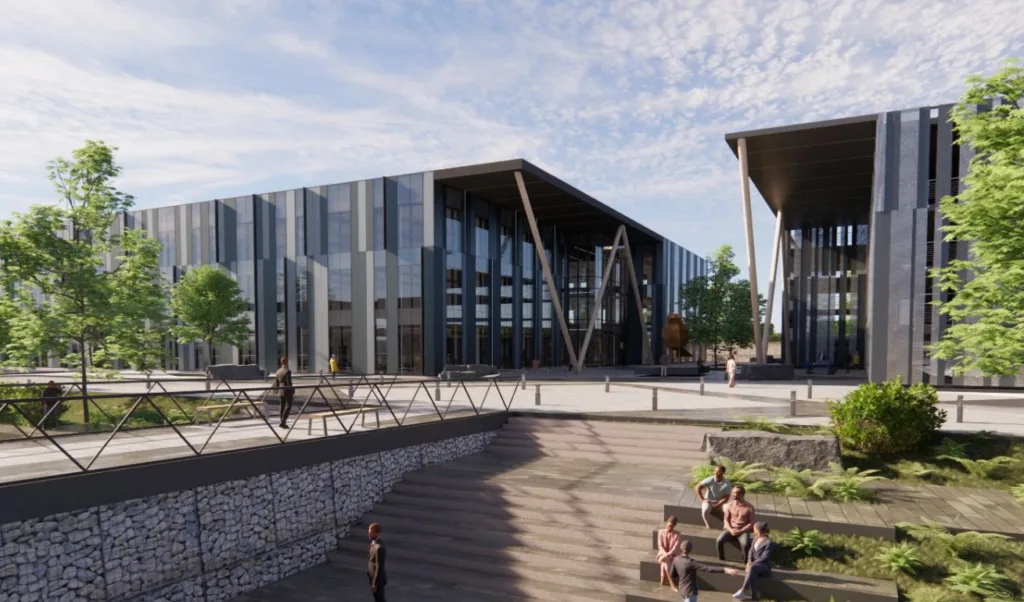
“This will include excavation to achieve appropriate profile and setting against the Cambridge Green Belt and agricultural land, and the creation of landscaped buffers on the southern and eastern boundaries.
“The appeal proposal has been designed in accordance with the policy, incorporating generous landscaped buffers to the south and east and plans for land excavation to ensure that buildings are set into the currently undulating site, achieving building heights similar to those adjacent within the Peterhouse Technology Park.
“The proposal is clearly in accordance with policy and the council now agrees.”
He said the main parties to the appeal considered a vast range of other relevant policies and reached agreement, in a Statement of Common Ground, that the proposed development is wholly in accordance with them.
The inspector said the appeal scheme is supported by a comprehensive landscape and visual impact assessment which considers the likely significant effects of the development upon local townscape, the Cambridge skyline, specific views, and visual amenity.
“The site is allocated for development of the type proposed and would be seen in the context of similar buildings within the adjacent technology park,” he said.
“The harm arising would be very limited and I find no conflict with policies.
“The site is not located on Green Belt land, and the proposals include a number of mitigation measures to minimise the impact of the development on the openness of the Green Belt.
“The scheme includes notable landscape buffers and appropriate excavation within the site to lower the height of the buildings and effectively mitigate impacts on the wider Cambridge Green Belt.”
Mr Boniface said the Fulbourn Hospital Conservation Area, a designated heritage asset, lies approximately 40 metres to the north east of the site.
Three non-designated heritage assets lie within the Fulbourn Hospital Conservation Area, these being Victoria House, Hereward House, and Gatehouse.
“The rural setting of these assets makes a contribution to their significance, but the site would be set apart, on the opposite side of Fulbourn Road and beyond proposed landscaped buffers,” he said.
“The wider rural setting of the assets would remain unaffected, and no harm would result.
“Even if less than substantial harm resulted from the change in setting, this would be easily outweighed by the significant benefits arising from the scheme, notably the economic benefits of this form of development.”
“The appeal proposal has been subject to comprehensive transport assessment undertaken in consultation with the local highway authority.
“The evidence demonstrates that the proposed site access will operate satisfactorily, and that the development would not have an unacceptable impact on the surrounding highway network.
“The level of parking to be provided would be in accordance with the council’s policies and there is no reason to expect that parking outside of the site will occur.”
Mr Boniface said: “Opportunities exist for travel by sustainable means such as walking, cycling and the use of buses.
“A range of measures are to be deployed to mitigate the impact of vehicular trips and encourage sustainable travel.
“Whilst there may be some disruption to neighbouring occupants during the construction phase of the development this would be short term and the effects can be satisfactorily mitigated.
“Once built, the proposed buildings would be well removed from residential properties, set back within the site beyond a wide road, verge and planting, as well as existing gardens in many cases.
“Views of the proposed buildings would not be prominent and would not harm living conditions, subject to their detailed design, which is to be considered at the reserved matters stage for those closest to Fulbourn Road.”
Mr Boniface said the council and the developer agreed that there would be no material harm arising in relation to flooding and drainage, ecology or trees, contamination, soil, air, or water pollution and that the overall environmental effects of the development would be acceptable.
“There is no evidence before me that leads me to a different conclusion,” he concluded.
“A range of benefits would arise from the development, including high quality jobs and employment, publicly accessible open space and landscaping and a biodiversity net gain.
“Taken together, the benefits of the scheme would be substantial.”
Mr Boniface said: “The scheme is clearly in accordance with the development plan taken as a whole.
“The adverse impacts arising from the development would be very limited, in contrast to the substantial benefits identified, and so material considerations also indicate firmly in favour of the development.
“As such, planning permission should be granted without delay.”
The council heard that the site of CITP has been farm land through much of its history.
A historic map from 1810 indicates the area of the site within Limekiln Hill common heath land and adjacent land to the west, as open-field arable, called Heath Field.
In the mid-late 1800’s the “Inclosure Act”, enclosed open fields and common land creating legal property rights to land previously held in common. At which point strips of farmland were formed creating the hedged boundaries between the existing fields currently seen today.
“The adjacent Peterhouse Technology Park to the west was established with Acorn Computers in 1978,” agents for the developers told the council.
“The park is presently occupied with employees working for ARM, who have resided in the park since they were founded in 1990.
“Due to its huge success and quick growth, ARM A+B was built in 2019.”


